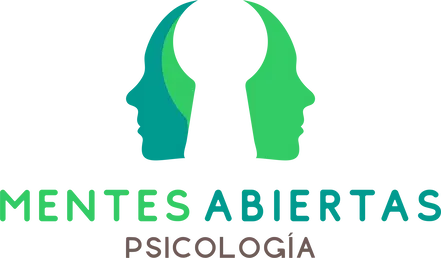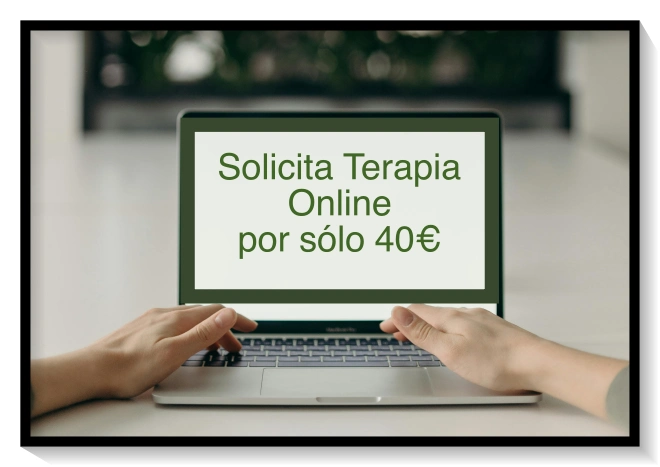Anxiety is an unwelcome visitor that settles into the body and mind, changing the way we think, feel, and relate to the world. It’s far more than just “being nervous” or “worrying too much”; it’s a condition that can deeply impact quality of life, limiting everything from social relationships to work performance and enjoyment of free time.
Faced with this growing problem, science continues to explore alternatives beyond medication. A recent study conducted in Spain showed how a simple program of guided relaxation techniques, applied in specialized nursing consultations, significantly reduced participants’ anxiety levels. This research, by Adriana Fernández Camino and Candela Garrido Omar (2024), opens the door to rethinking complementary, accessible strategies for those who deal with anxiety on a daily basis.
Why talk about anxiety today?
The World Health Organization estimates that nearly 264 million people worldwide suffer from anxiety disorders. In Spain, for example, it’s calculated that approximately 1 in 10 adults lives with clinical anxiety. This number has grown in recent years, partly due to social uncertainty, work stress, and the residual effects of the COVID-19 pandemic.
Anxiety doesn’t only affect mood. It can show up as insomnia, digestive problems, muscle tension, trouble concentrating, panic attacks, or a constant sense that “something bad is going to happen.” Over the long term, these symptoms can also lead to higher cardiovascular risk and prolonged use of medications that are not always free from side effects.
What made this Spanish study unique?
The work by Fernández Camino and Garrido Omar set out to answer a very specific question: could a structured relaxation program decrease anxiety in people being treated in Mental Health Specialist Nursing consultations? In other words, it was a program implemented directly in public health centers, without the need for expensive technology or costly treatments.
Who participated?
- The study involved 58 adult patients, with an average age of 44.
- Most were women (60%).
- Many were already receiving psychological care (60%) and/or medication.
What exactly did they do?
They applied a nurse-led intervention known as NIC 5880: Relaxation Technique, a standardized protocol that teaches patients to relax through deep breathing, body awareness, and muscle tension control.
Anxiety levels were measured before and after the program using the DASS-21 scale, a widely validated questionnaire for assessing depression, anxiety, and stress.
Key findings: less anxiety, less medication
The results were as clear as they were encouraging:
- Statistically significant reduction in anxiety.
After completing the program, anxiety levels measured by the DASS-21 dropped significantly, demonstrating the positive impact of these practices. - High adherence to the program.
93% of participants completed all sessions, an important point considering that many psychological treatments have high dropout rates. - Lower use of psychiatric medications.
There was a 13% overall reduction in prescriptions for psychiatric medications, and a striking 29% decrease in the use of benzodiazepines, drugs often prescribed for rapid anxiety relief but known to cause dependence.
These data are significant, given that Spain is one of the European countries with the highest use of anxiolytics. Any strategy that can help lower doses or avoid them in mild or moderate cases means benefits both for individual health and for the healthcare system.
What does it really mean to learn to relax?
The study used a program of progressive relaxation, a set of exercises that teach people to pay attention to their breathing, tense and release muscle groups, and observe bodily sensations. Although they seem simple, these exercises train the nervous system to get out of the “permanent alert” mode that characterizes anxiety.
When we consciously relax:
- Heart rate and blood pressure drop.
- Levels of cortisol (the “stress hormone”) decrease.
- The parasympathetic nervous system is activated, which is responsible for calm and recovery.
Over time, practicing daily relaxation can reduce stress reactivity, improve sleep, and strengthen emotional resilience.
A complement, not a replacement
It’s important to emphasize that these kinds of interventions are not meant to replace psychotherapy or medication when needed. In fact, the study showed that most participants combined relaxation with psychological care.
Rather, relaxation techniques are integrated as everyday tools, available to anyone, that can ease distress and, in many cases, help reduce the need for medication. Plus, they have no side effects and can be adapted to all ages.
How to start at home: simple exercises to lower anxiety
While nothing replaces professional guidance, you can try some simple practices inspired by the study’s approach:
- Diaphragmatic breathing:
Place one hand on your chest and the other on your abdomen. Slowly inhale through your nose, sending the air to your belly (the hand on your abdomen rises more). Gently exhale through your mouth. Repeat for 5 minutes. - Progressive muscle relaxation:
Tense a muscle group (like your shoulders) tightly for 5 seconds and then release suddenly. Move through different areas of your body (arms, face, back, legs). - Calm visualization:
Close your eyes and imagine a place where you feel safe (a beach, a forest). Notice the colors, sounds, and sensations. Stay there for a few minutes.
Why not give it a try?
This Spanish study is just one among many today confirming something we’ve long intuited: slow breathing, pausing, becoming aware of the body and mind can be profoundly healing. If you live with anxiety, these techniques are a small step that can open a big path toward a more balanced life.


